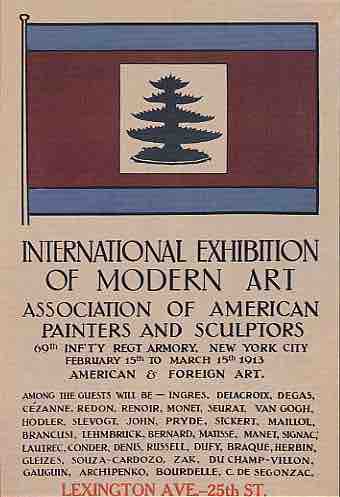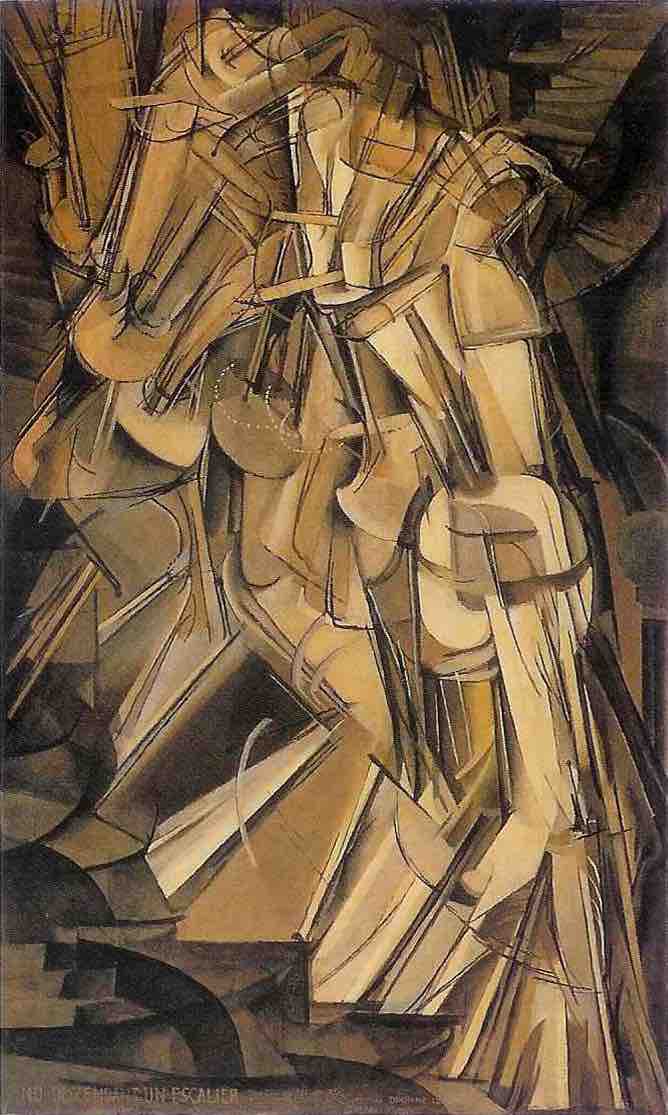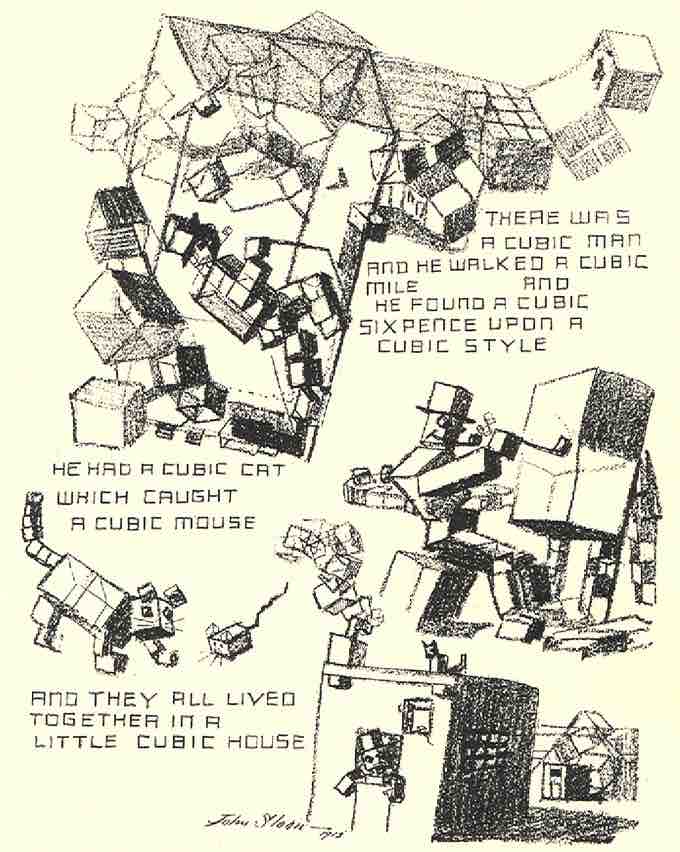The Armory Show was the first exhibition organized by the Association of American Painters and Sculptors. The exhibition ran in New York City's 69th Regiment Armory from February 17 until March 15, 1913 and displayed about 1,300 paintings, sculptures and decorative works by over 300 artists. The initial premise of the show was to exhibit the best avant-garde European art alongside the best works of American artists to audiences in New York City, Chicago and Boston.

Armory Show Poster, 1913
Armory Show Poster, 1913
Impressionism, Fauvism, and Cubism were among the European avant-garde schools represented. News reports and reviews of the show were filled with accusations of quackery, insanity, immorality and anarchy, often including parodies, caricatures and mock exhibitions. Criticism aside, civil authorities did not interfere with the show. Among the scandalously radical works of art were Marcel Duchamp's cubist/futurist style Nude Descending a Staircase (1912, ), in which he expressed motion with successive superimposed images.

Marcel Duchamp, Nude Descending a Staircase, No. 2
Marcel Duchamp, Nude Descending a Staircase, No. 2, 1912, oil on canvas, 58 x 35 in. Philadelphia Museum of Art.
Art critic Julian Street wrote that the work resembled "an explosion in a shingle factory" while cartoonists satirized the piece. Gutzon Borglum, one of the early organizers of the show, labeled this piece "A staircase descending a nude," while J. F. Griswold, a writer for the New York Evening Sun, entitled it "The rude descending a staircase (Rush hour in the subway). " Despite these negative reactions, the purchase of Paul Cézanne's Hill of the Poor (View of the Domaine Saint-Joseph) by the Metropolitan Museum of Art signaled an integration of Modernism into the established New York museums. Duchamp's brother, going by the "nom de guerre" Jacques Villon, also exhibited at the Armory Show, striking a sympathetic chord with New York collectors.The exhibition went on to the Art Institute of Chicago and then to The Copley Society of Art in Boston.

Caricature of Cubism at the Armory Show
"A Slight Attack of Third Dimentia Brought on by Excessive Study of the Much Talked of Cubist Pictures in the International Exhibition at New York," drawn by John French Sloan in April 1913. Published before 1923.
The Armory Show introduced New Yorkers accustomed to the naturalistic art of American Realism to the styles of the European avant-gardes. The show also served as a catalyst for American artists, who subsequently began to experiment more and became more independent in creating their own artistic language. There have been many exhibitions throughout the 20th century that celebrated the show's legacy. The "New" New York Armory Show was held in piers on the Hudson River in 1994 and has since evolved into an annual contemporary art fair.